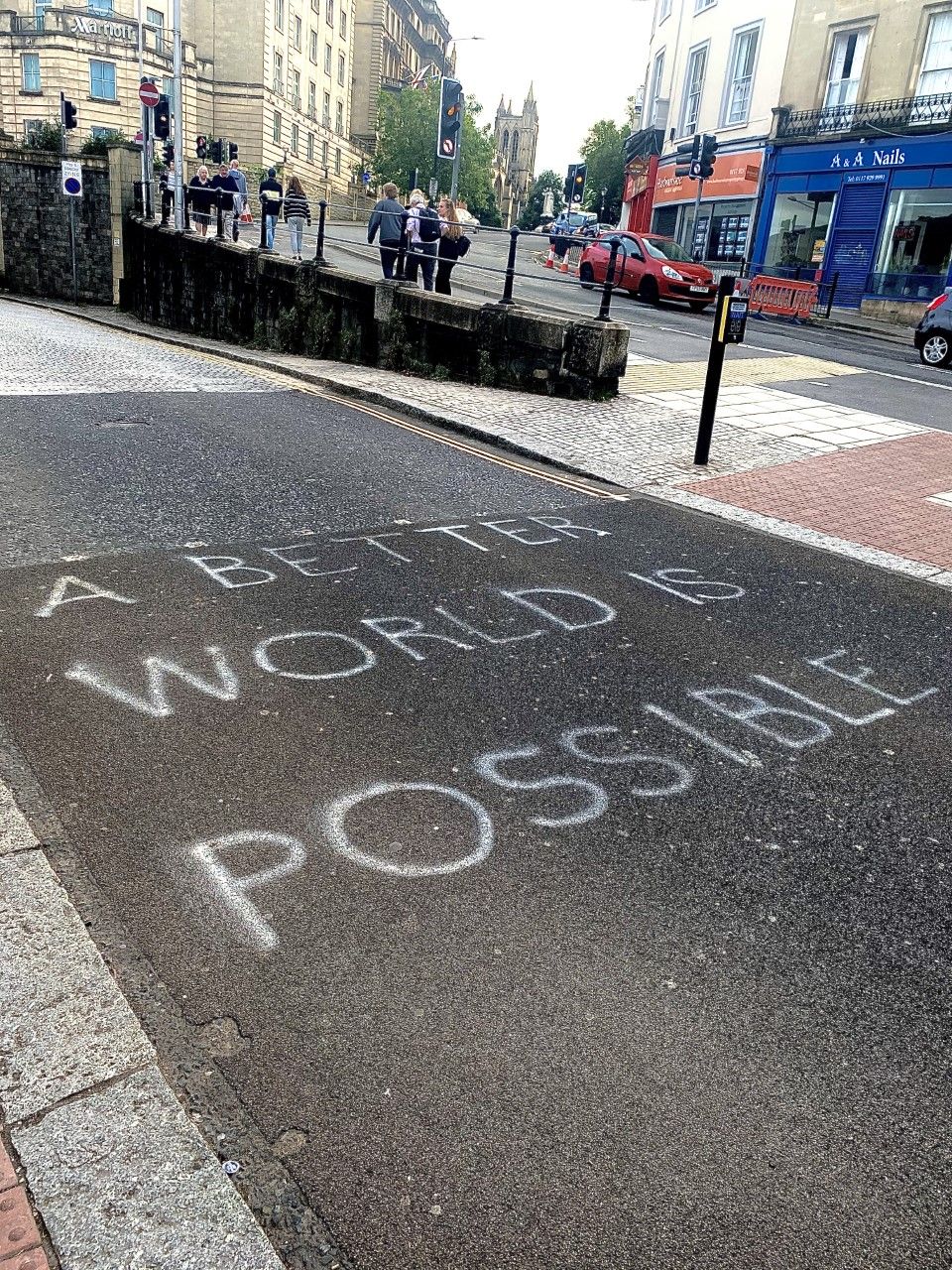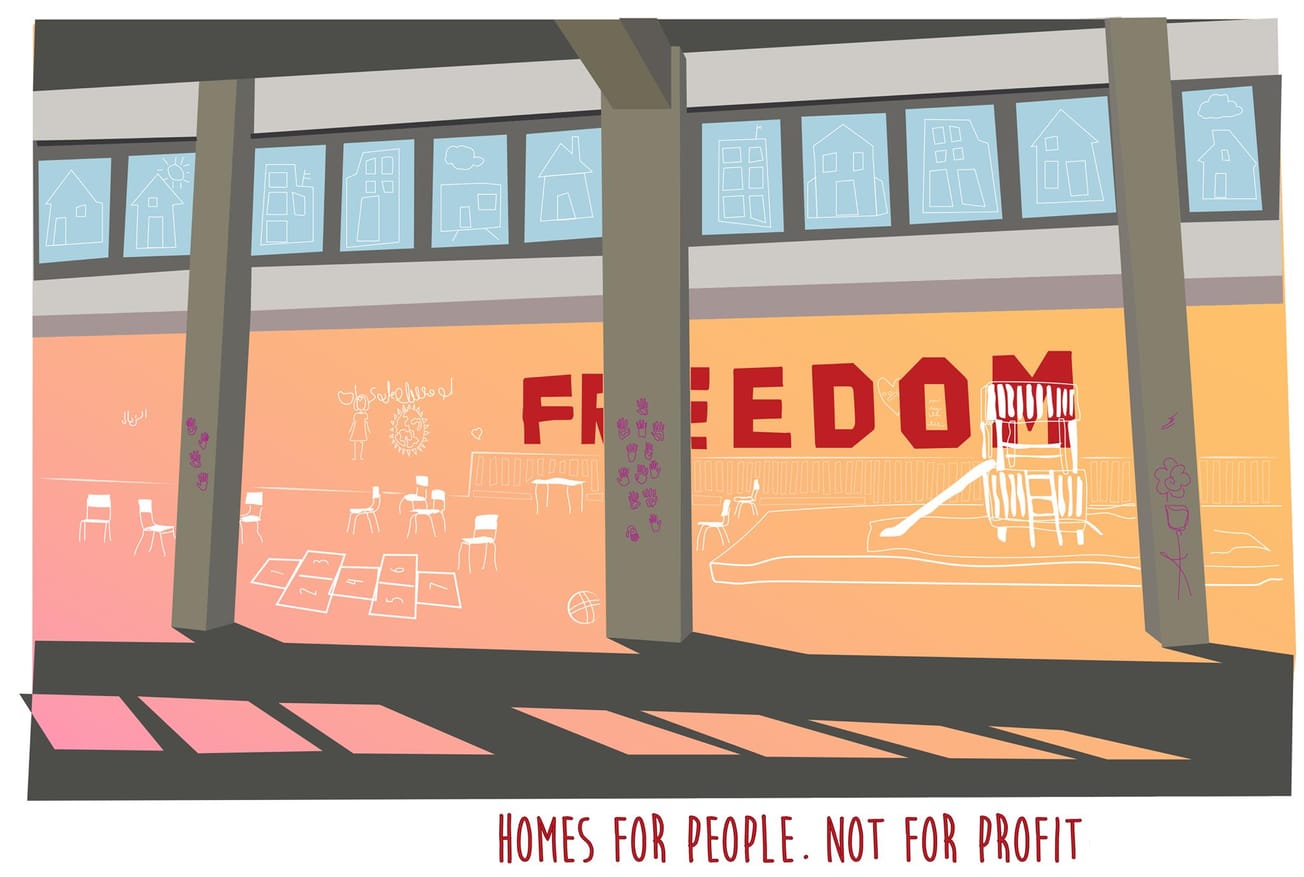By Samuel Vickers, Deputy Film and TV Editor
The essential value of the Arts is, in both senses of the word, immeasurable. Art does not just enrich our emotional worlds, but it brings us profound joy. A look at some of the greatest works of art will remind us how damaging such cuts to the Arts are, for both society and us as individuals.
Music, cinema, and literature are three cultural cornerstones that we engage with every day, both as consumers and creators.
But the Arts have a quantifiable worth, too, as engaging with the Arts has far-reaching effects on the learner’s mind and also promotes social skills. Data analysis company Statista published that from 2012-2019 overall, there has been consistently high (80%) engagement in the Arts from 16-75 year olds.
Engagement in the arts and culture improves your personal health and mental well-being. pic.twitter.com/m4pEaTFiVs
— David Wearing (@DWearing1972) January 22, 2020
One problem with underfunded Arts degrees becoming less popular is that they will become less competitive - this could lead to a general decline in the quality of Arts education which only exacerbates this effect.
Since 2010, the number of students taking A Levels in Drama, Music or Dance dropped dramatically, with 51% fewer students taking Dance. It is important to note, however, that nine out of ten schools in the United Kingdom made funding cuts to at least one of these departments in that time.
There is also a concerning precedent in dystopian novels of inhibiting and criminalising art. The premise of Fahrenheit 451 is a ‘fireman’ whose job it is to burn books. In Brave New World, the World Controllers have managed to extinguish any suggestion of the Arts in their society, and it remains unavailable to the populace, regardless of their social rank.
‘Fictional authorities understand what the current government cannot - that Art has tremendous value.’
Winston’s diary in 1984 is a sign of defiance. Even though it is ultimately used as evidence of his thoughtcrimes, the illicit journal is not just a symbol of hope, but an incredibly valuable object in that society.
It is A Clockwork Orange, however, that addresses this question best. The antihero, Alex DeLarge, is a charismatic teenager with a thirst for rape, theft, and ‘ultraviolence’ and yet, somehow, we are on his side.
Alex’s relationship with Art plays a vital role in his redemption, as it is only when talking about Beethoven and classical music that the reader is given any insight into a goodness within Alex, and evidence of love. He never commits any crime in the film accompanied by classical music.
“Stuff your eyes with wonder… live as if you’d drop dead in ten seconds."
— Maria Popova (@brainpicker) October 19, 2020
Artist Ralph Steadman's rare and rapturous illustrations for Ray Bradbury's Fahrenheit 451, published on this day in 1953 https://t.co/MuM6lmpntB pic.twitter.com/tHpB7hyM0r
In each of these examples, the fictional authorities understand what the current government cannot - that Art has tremendous value. In constructing dystopian worlds where Art has no merit, these authors have given it unlimited worth.
One argument for diverting funding to the Sciences is that the Arts are generally more accessible (i.e. people can have a casual engagement with most forms of Art yet they require copious prior knowledge to have any effective relationship with the Sciences).
There is a definite inconsistency in our financial attitude to Fine Art, with experts appraising some pieces of fine art to be worth billions of dollars; we have no problem conferring immense value on individual artworks, but cannot do this for the Arts as a whole.
‘Art is not a mirror held up to reality, but a hammer with which to shape it.’
The overbearing encouragement to constantly refine one’s studies and specialise is also damaging to the Arts, as it sees students understandably opting for STEM careers purely on the promise of stability.
The Arts are also essential in precipitating social change. 20th Century German playwright and poet, Bertolt Brecht, famously attested: ‘Art is not a mirror held up to reality, but a hammer with which to shape it’. Obvious examples might include the novels of Charles Dickens, or Harper Lee’s To Kill a Mockingbird.
This is also visible in contemporary culture. Sacha Baron Cohen’s new film, Borat Subsequent Moviefilm, is urgently satirical in its criticism of Trump and Giuliani and has an obvious objective, as evidenced in its final exhortation, ‘Now Vote’.
Borat resonates differently in the age of Trump. Sacha Baron Cohen's outrageous character isn’t holding up a twisted mirror to society anymore—he’s just holding up a camera, @davidlsims writes of the new sequel "Borat Subsequent Moviefilm": https://t.co/vDSu0F87tK
— The Atlantic (@TheAtlantic) October 24, 2020
Other examples include David Attenborough’s ‘A Life on Our Planet’ and, perhaps most notably, there is artist Gan Golan’s ‘Climate Clock’ installed in Union Square, New York, displaying the time left until we cross the critical threshold for average temperature levels.
October Bookshelf: Folklore and thrills to read this month
The Pioneers Collection: honouring the elders of the Bristol Caribbean community
The Art ultimately brings much pleasure - very crucial during national lockdown - and persistently illuminate our lives with creativity, whilst current trends reflect that we have persistently undervalued them. Maintaining a strong appreciation and engagement for the Arts will be crucial for their survival.
Featured Image: Epigram / Lucy O'Neill
Are you an Arts student who feels that your degree has been impacted by cuts to the Arts?









